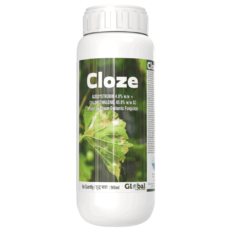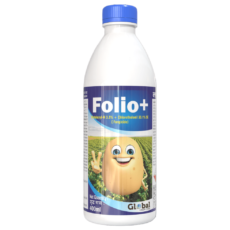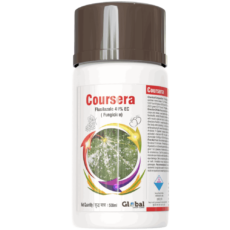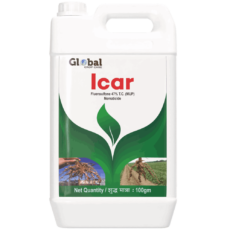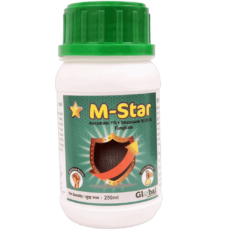Description
Recommended Dose of Smile:
| Dosage per ha | Waiting period (days) | ||||
|---|---|---|---|---|---|
| Crop | Common name of the disease | a.i. (g) | Formulation (g/ml)/% | Dilution in water (L) | |
| Groundnut | Tikka | 0.66 – 0.863 gm | 0.875-1.50 gm | 600-800 | 14 |
| Groundnut | Rust | 0.66 – 0.863 gm | 0.875-1.50 gm | 600-800 | 14 |
| Potato | Early & late blight | 0.66 – 0.937 gm | 0.875-1.25gm | 600-800 | 14 |
| Apple | Scab | 0.150% (or 150 gm/100 lit. water) |
0.200% or 200 gm/100 lit. water |
10 lit. water per tree |
45 days Recommended for use immediately after dormancy up to green tip stage |
| Grape | Anthracnose | 0.150% (or 150 gm/100 lit. water) |
0.2% or 200 gm/ 100 lit. water |
100 | 60 days |
| Downey mildew | 0.150% (or 150gm / 100lit.water) | 0.2% or 200 gm/ 100 lit. water |
100 | 60 days | |
| Chilli | Fruit rot | 600 gm | 800 gm | 750 | 10 days |
Specifications of SMILE :
- Broad spectrum fungicide
- It is having superior protective action due to its multisite mode of action and anti-sporulant activity
- It has long persistence on crop surface and low soil mobility
- It gives control up to 10 days
- It is one of the best alternatives in complex disease outbreak situation
Chemical Group: Benzene di-carbonitrile (chloronitrile) group of fungicide
Mode of Action: Multi-site activity and contact action
Compatibility: Not compatible with oils
Phytotoxicity: Russeting is possible with flowering, ornamental crops, apples and grapes, if applied more than the recommended doses













